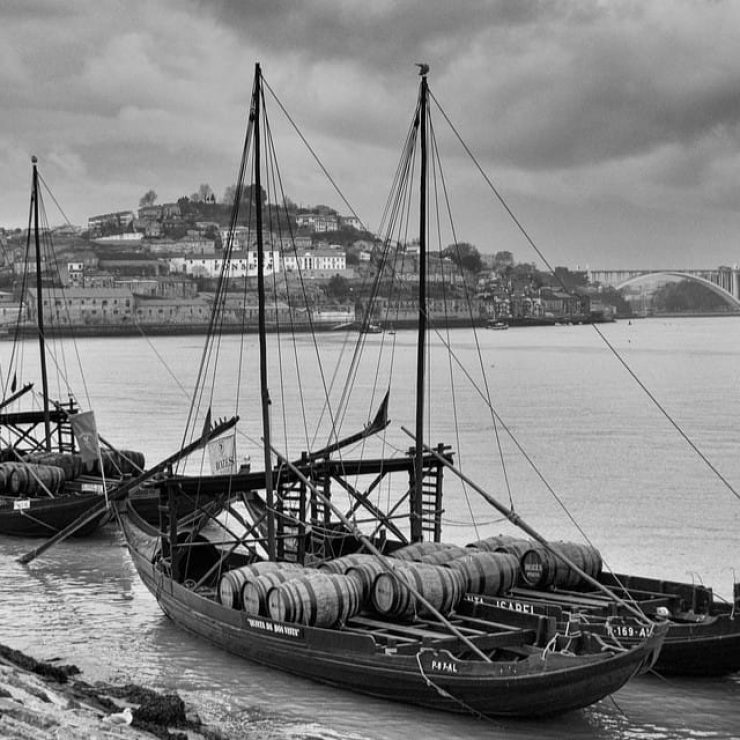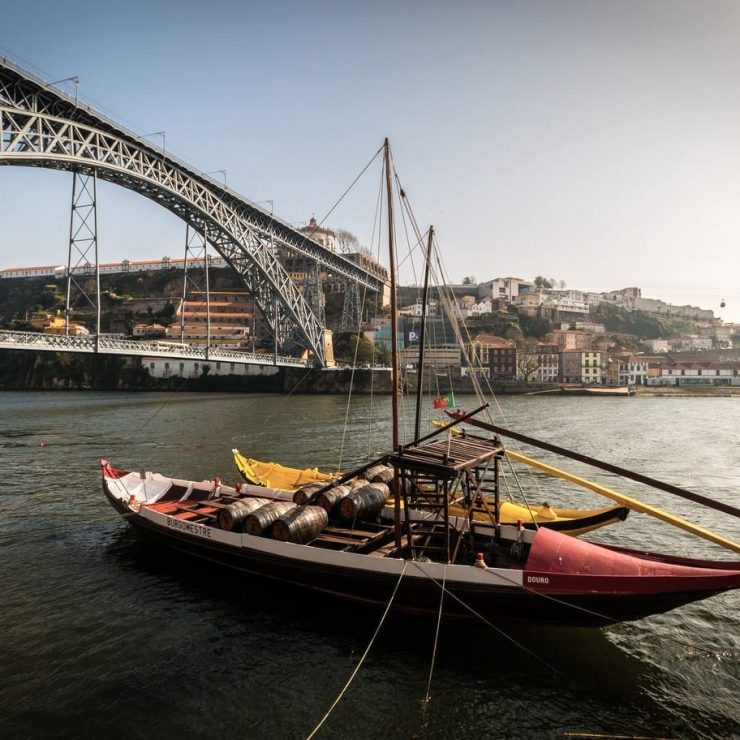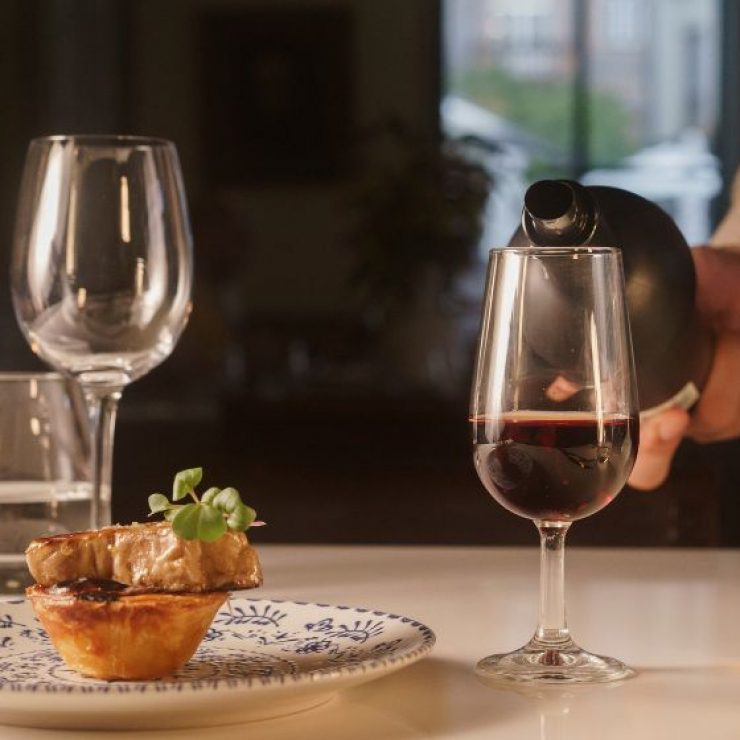Find out all about Port wine and where to enjoy it. Linger in Gaia and stay in a hotel in Porto, Gaia.
Here are 15 curiosities to discover or remember about the vineyard, Port wine and Douro wine.

15 curiosities about Vineyards and Wine
1. There are traces present in various places that bear witness to the cultivation of vines during the Roman occupation (137 b.C).
2. Since Portugal’s independence in the 12th century, the vineyard became the most important crop and the inhabitants were obliged to pay contributions in wine, as evidenced by the charters of some of the Douro’s municipalities.
3. In 1756, by Royal Decree of the Marquis of Pombal, the Companhia Geral da Agricultura das Vinhas do Alto Douro was created. Its mission was to stimulate production, maintain prices and defend the prestige of the Port name abroad, regulating the sector and conditioning its production and trade. Thus was born the oldest wine demarcation and regulation for a Controlled Designation of Origin.
4. In December 2001, part of the Douro Region was classified by UNESCO as a World Heritage Site, as a living and humanized evolutionary landscape.
5. The delimited region covers 250,000 hectares, but vines cover only 40,000 hectares in the valleys of the Douro and its tributaries. Of these 40,000 hectares, only 25,000 are considered suitable for producing the must used to make Port wine.
6. Port wine is a fortified wine produced in the Douro Demarcated Region, under peculiar conditions deriving from natural and human factors. The manufacturing process, based on tradition, includes stopping the fermentation of the must by adding grape spirit (benefício or aguardentação), blending the wines and ageing.
7. Port is distinguished from ordinary wines by its particular characteristics: an enormous diversity of types with a surprisingly incomparable richness and intensity of aroma, a very high persistence of both aroma and taste, a high alcohol content (generally between 19 and 22% vol.), a wide range of sweetness and a great diversity of colors.
8. The color of the different types of Port can vary from red to light golden, with all the shades in between possible (red, red-gold, golden and light golden).
9. White Port wines have different shades (pale white, straw white and golden white), closely related to the production technology. When aged in cask for many years, white wines acquire, through natural oxidation, a light golden hue similar to that of very old red wines.
10. Port wines can be divided into two categories depending on the type of ageing.
Ruby: These are wines in which we try to hold back the evolution of their red color, more or less intense, and maintain the fruity aroma and vigor of young wines. Ruby, Reserva, Late Bottled Vintage (LBV) and Vintage categories. Wines from the best categories, especially Vintage and, to a lesser extent, LBV, can be stored as they age well in the bottle. LBV and Vintage are particularly recommended.
Tawny: Obtained by blending wines of varying degrees of ripeness, aged in casks or vats. These are wines in which the color evolves, and should be included in the red-golden, golden or light golden sub-classes. The aromas are reminiscent of dried fruit and wood; the older the wine, the more these characteristics are accentuated. The existing categories are: Tawny, Tawny Reserve, Tawny with Indication of Age (10 years, 20 years, 30 years and 40 years) and Colheita. These are wines from batches of several years, except for the Colheita, which is similar to a Tawny with an Indication of Age with the same ageing time. When they are bottled, they are ready to drink.
11. The vineyards where the famous Port wine is produced are the same ones that also produce still wines of great potential: the “Douro”.
12. It was through the already widely recognized excellence of Port wines and the potential for producing wines from the predominant grape varieties that the region saw the creation and regulation of the Douro Denomination of Origin in 1982.
13. In white “Douro” wines you can find fresh wines with fruity and floral aromas, with great aromatic intensity, which should be drunk young. It’s also possible to find whites that have been fermented or aged in wood and which are wines with complex aromas of tropical fruit and almond and buttery notes, full-bodied and with ageing potential.
14. In red “Douro” wines, you can find young wines with cherry and raspberry aromas, round and ready to drink from the moment they are bottled. The Douro region is also very suitable for aged red wines which, when young, have an intense purple color, aromas of black fruits, chocolate, violets and hints of wood, if this type of aging has been chosen.
15. Port tonic, the latest bet in the national wine sector. Cocktail that combines one part white Port wine with two parts tonic water.
_
Source: IVDP
_
If you like these suggestions, stay tuned to our blog where we will continue to introduce you to Gaia and Porto, among other beautiful cities in Portugal.




